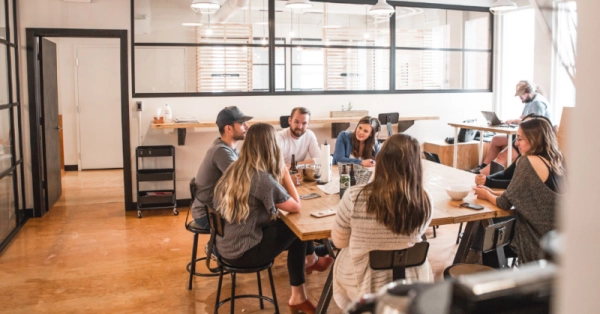On your way to having a healthy and solid business that helps customers and makes their lives better or easier, you will also need money for its development. While in the beginning your own funds will be enough to start the activity, you will need substantial funding as you grow.

Fortunately, there are several tools that you can use, and you will learn about them and the best practices for using them in this chapter. After going through this chapter, you will know:
-
What the right time to get funding through a business angel, an investment fund or a bank loan, for example, is
-
How to evaluate the pros and cons of every type of funding tool to make the best decision for you and your business
-
How to choose the right investors and building a healthy relationship with them
-
How to create the right pitch deck and deliver compelling presentations to tell others about your business.
Here are the topics you will learn about from the articles in this chapter:
#Crowdfunding
Why it's the most handy tool for a lot of startup businesses, how it works, and how you use it to validate your idea and make your first sales.
#Funding
What funding instruments exist, at what times it is appropriate to use them and what the "groups" or levels of funding are. Bonus - how you increase your chances of receiving funding.
#Bank loans
Are they really an option for the first steps in entrepreneurship? What the criteria for granting a bank loan to a small business are, when is it recommended to apply for a loan and what alternatives you have.
#Pitching
What a pitch should contain, how to give a convincing speech and how to build a pitchdeck that is exactly what your investors want.
#Investors
How you choose who to contact, how to approach them, what they look for in a startup to make them support it and what principles to follow to have a fruitful collaboration.















